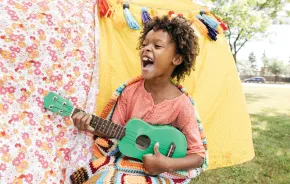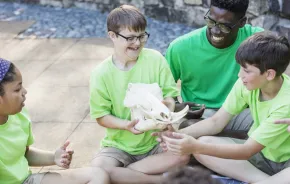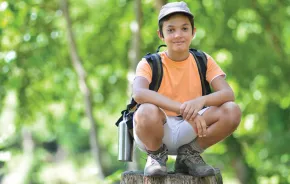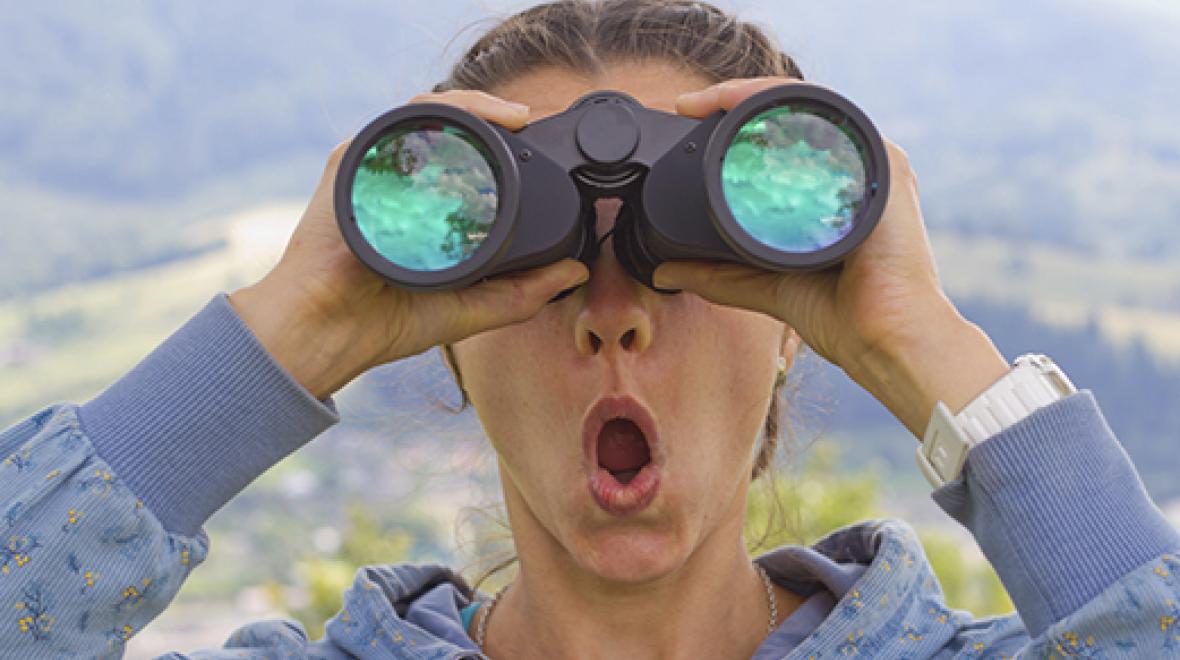
“Ms. Vandenberg, I can’t believe you are making me read about the U.S. invasion in the Philippines. I was just there. I know all about it.” With that, my well-travelled student rolled his eyes, shoved aside his unnecessary textbook and proceeded to write the best essay in the class. Naturally.
Despite my efforts, the deepest learning almost always happens when students are outside the classroom, far away from me and my worksheets. Sure, I’d like to think that I lead my students to a broader understanding of the world, but who am I kidding? Real understanding happens when students get out of the classroom.
While field trips and out-of-school experiences happen regularly in elementary school, they disappear in upper grades, right when students can get the most out of them. However, a few Seattle area schools are striving to bring their secondary students beyond the school walls.
When students make the connection that learning doesn’t have to happen in the classroom, that’s when they turn into lifelong learners.
Immersive cultural experiences at Lakeside
Experiential learning is central to the mission of the very prestigious, very private Lakeside School in North Seattle. Last fall, the 84 eighth graders at Bill Gates’ alma mater spent a week engaged in an outdoor cross-cultural experience.
In groups of 14, they headed to the Olympic Peninsula to learn about the return of salmon after the removal of the Elwha Dam, or to Neah Bay to learn from Makah elders, or to the Quinault Reservation to connect with other middle school students.
Others groups worked on a lamb farm in Arlington, learned about how a community in Vernonia, Oregon, is re-thinking forestry and sustainability after massive flooding or documented the experiences of immigrant farmers who work at the Broetje Orchards in eastern Washington.
During this time, students camped or stayed in rough accommodations with limited access to technology. Once they returned to school, the experiences provided a touchstone for a host of interdisciplinary activities, from debating the environmental impacts of dams to tracking language patterns. At the high school level, Lakeside students had the option to take experiential learning to the next level by participating in international service learning trips.
Out-of-school experiences aren’t just for those able to pay the $30,000 tuition bill at Lakeside, however. Public schools are increasingly finding ways to teach outside the classroom.
Traveling I-5 at SAS
Teachers at Northshore’s alternative high school, Secondary Academy for Success (SAS), share Lakeside’s belief that learning often happens outside of the classroom. SAS students can sign up for a weekly field trip that occurs nearly every Friday; they get to choose among several places, heading to the site which aligns best with their own personal interests, goals and classwork.
But unlike Lakeside, SAS is a public school. Teachers, hesitant to put the financial burden of a field trip on their students, often find other ways to fund the trips.
“Every teacher writes grants. All the time,” says Dawn McArthur, an English teacher at SAS. “Most of us have a Type 2 driver’s license [so we can] rent district vans and drive students to places that are free.” There are plenty of options, she says.
“We cover the I-5 corridor,” says McArthur. Students visit Mt. St. Helens and Deception Pass for history, the Skagit Valley and local water treatment plant for science, local restaurants and Whole Foods for nutrition. The Frye Art Museum, Discovery Park and environmental symposiums at universities are also all free options SAS students often frequent.
“When students make the connection that learning doesn’t have to happen in the classroom, that’s when they turn into lifelong learners,” says McArthur. Additionally, such trips often expose students to opportunities to pursue after high school or college including service learning and volunteer components. Not to mention, getting outside the traditional classroom facilitiates relationships between students.
“Whenever you travel, you have a shared experience.” McArthur says. “Sometimes weird or funny things happen and those are the moments that everyone remembers years and years after graduation.”
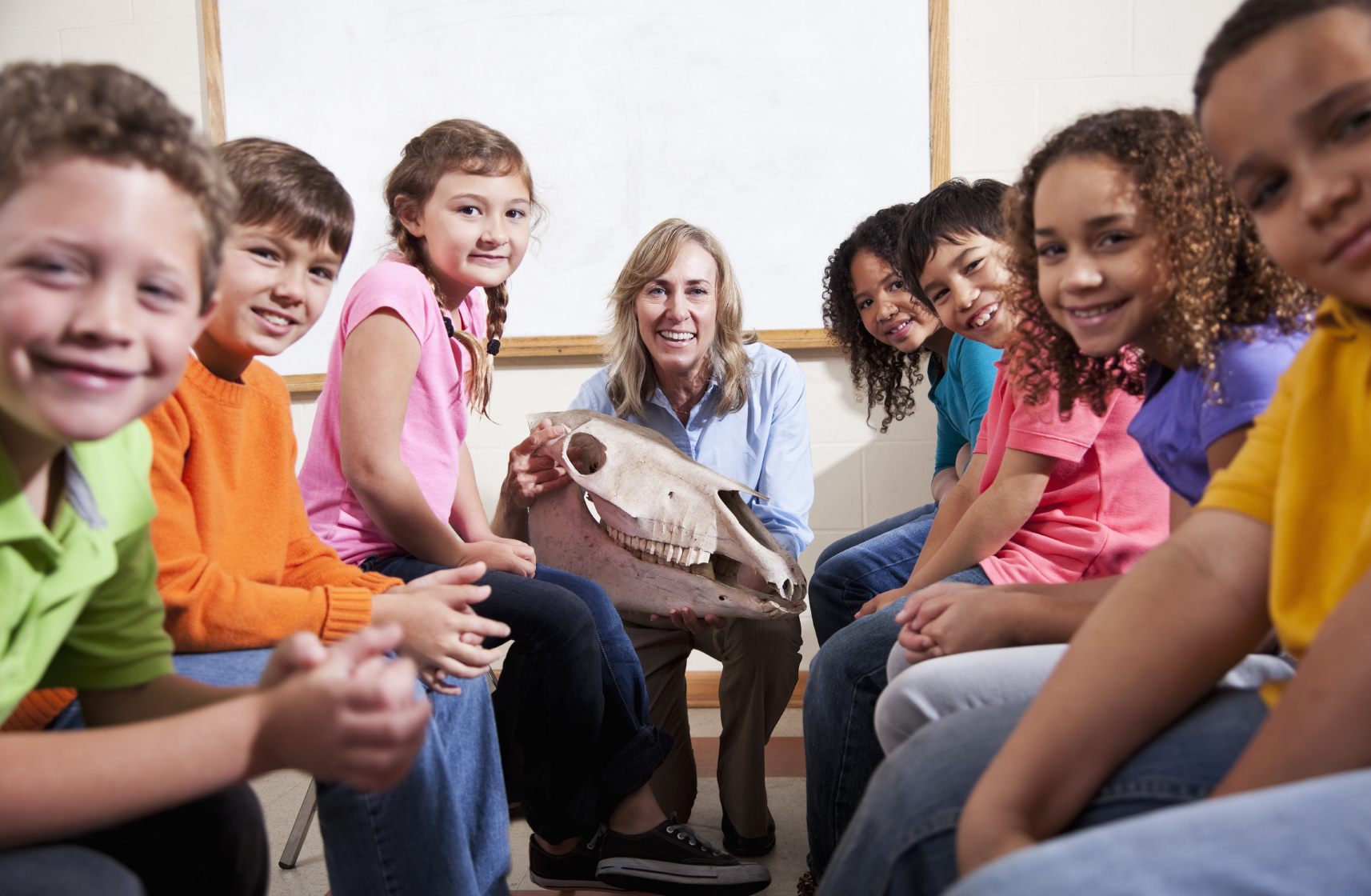
Community partnerships at Raisbeck
While teachers at SAS continually seek out new partnerships, Raisbeck Aviation High School in Tukwila relies on pre-existing one. Raisbeck is closely partnered with its next-door neighbor, The Museum of Flight.
“They welcome us to use their exhibits as part of our own study of history,” says Raisbeck social studies teacher Marice Wombold. “I can plan an activity where students interact with the museum, but it can also be spontaneous. All of the sudden we can pick everything up and walk across the street.”
Wombold’s students, for example, have visited the museum to learn about the U.S. space program, often picking up details direct from the museum’s staff. Recently, a photographer with the marketing department gave her students a lesson in photography; students used their new skills to create a product to display at the museum.
An Innovative School within the Highline district, Raisbeck caters to students interested in aviation-based study with qualified applicants chosen via lottery. Half of admitted students come from within the Highline boundary area, but students from Seattle and beyond can apply. The school was recently ranked #1 in Washington state, by U.S. News and World Report.
Outdoor experiences at Salmon Bay
Like Raisbeck, Salmon Bay K-8 is an option school with a specific focus. Part of the school’s “whole child” approach includes a focus on physical education.
For six Fridays in January and February, middle school students participate in a winter enrichments program by skiing, snowboarding, hiking, snowshoing or rock climbing. Many of the goals are athletic, but the program also aims to build community and push kids out of their comfort zones.
“Out watching a kid learning how to ski, pushing themselves in a different way, I get to see them in a different setting and perspective,” says sixth-grade teacher Katie Hayes. “As a teacher, I value that a lot.”
Students return to the classroom in a tighter community with the outdoor fun often utilized as learning experiences in the classroom. When discussing the creation of National Parks at the turn of the century or how mountains affect weather patterns, students have a direct experience to draw from. And hopefully students can use the same reserves that got them to climb a mountain when finding the courage to give a presentation in English or to solve complex problems in math.
Other options
For students who don’t attend a school with an experiential learning focus, there are still out-of-school experiences available. Try joining a club. Where a large public school may not take an entire class on a trip, the German club might schedule an outing to Leavenworth, the writing club a tour of Hugo House or the robotics teams weekly tournaments around the state.
Experiential learning opportunities can be complete game-changers for students. With broader comfort zones, students have more options in the world. Instead of backing away, they move toward the unknown, curious, eager and ready to learn more.






